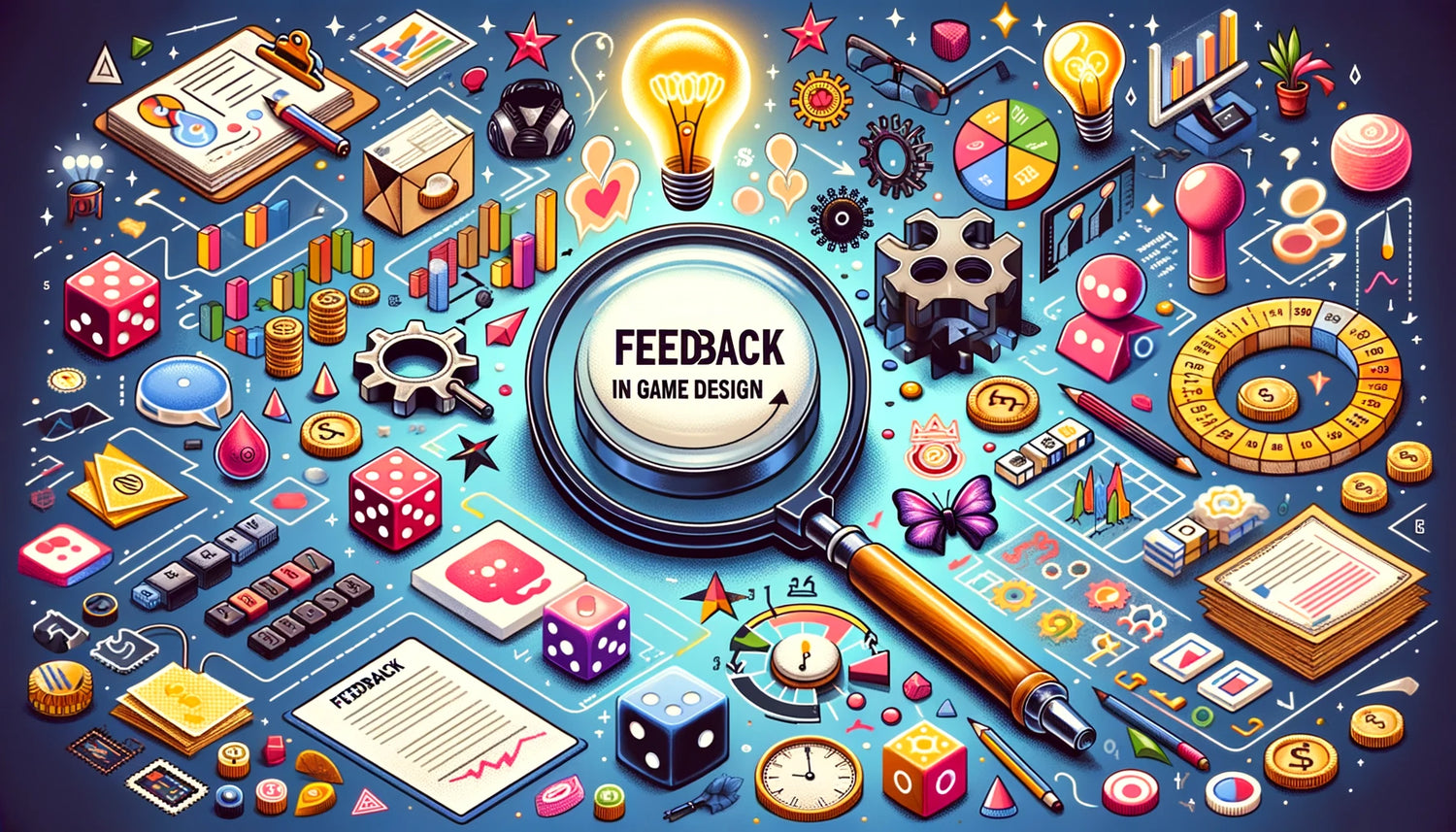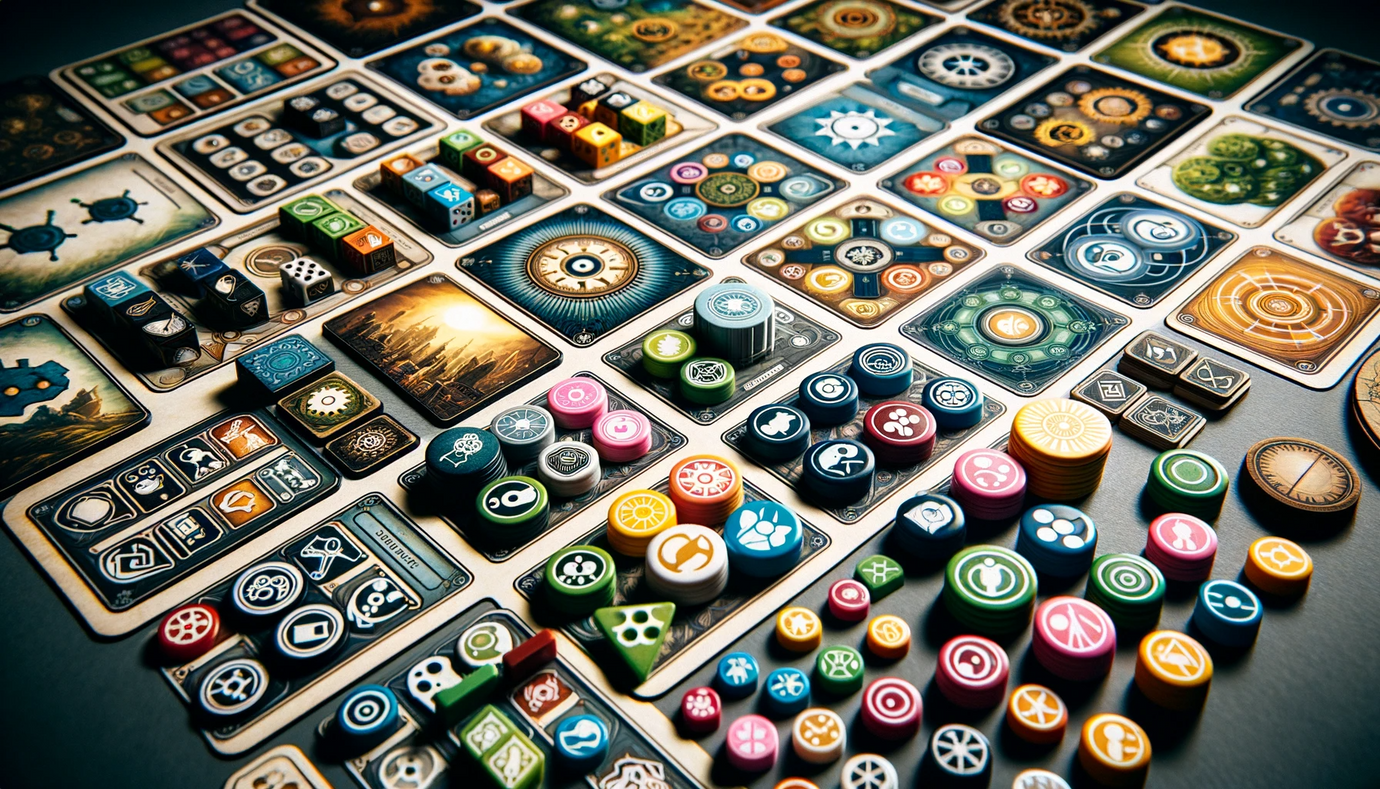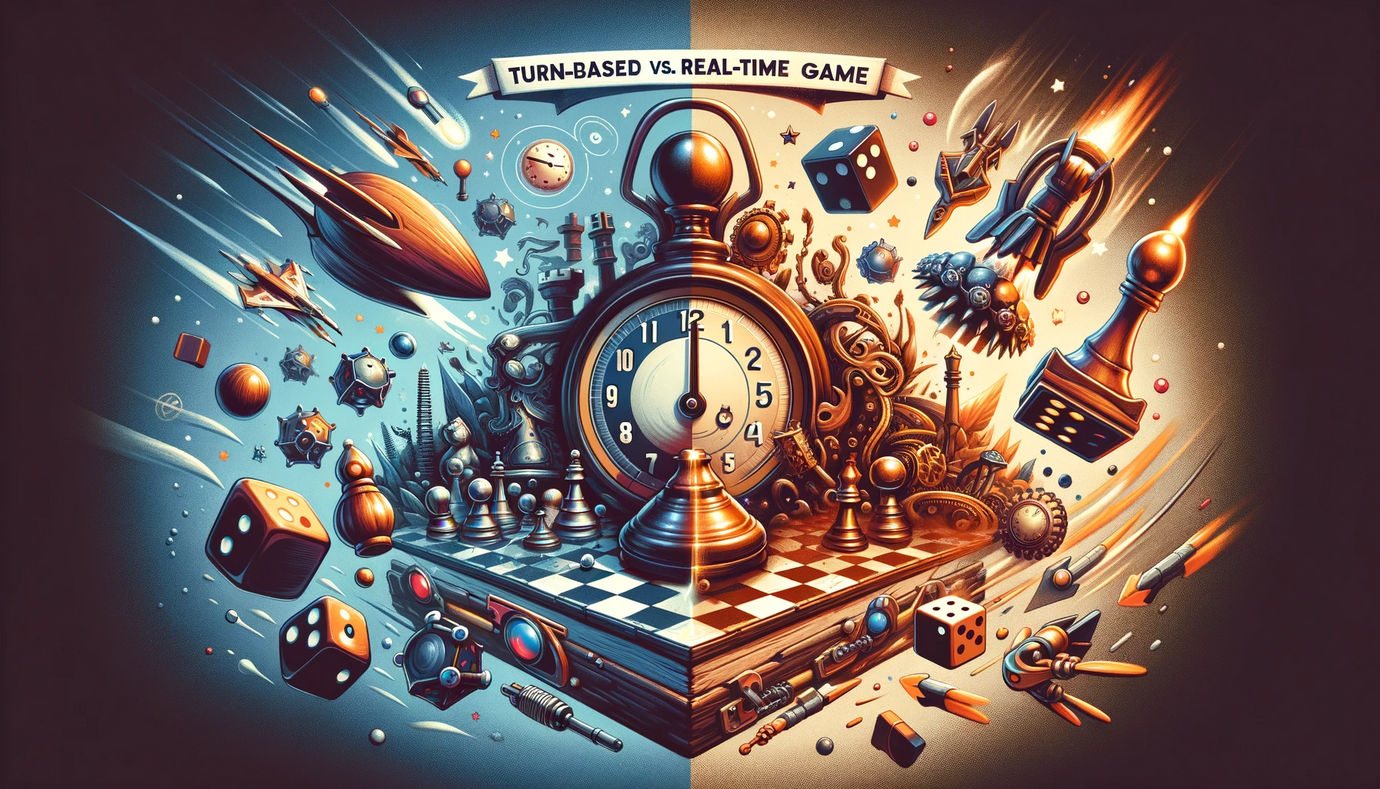Incorporating Feedback to Improve Game Design

Introduction
In the journey of game design, feedback is an invaluable resource. It provides fresh perspectives, highlights unforeseen issues, and helps refine the gaming experience. This blog post will guide you through the process of effectively incorporating feedback into your game design, ensuring that the final product resonates with your audience and delivers a satisfying and engaging experience.
Understanding the Value of Feedback
Feedback, whether from playtesting, peer reviews, or market research, provides critical insights into how your game is perceived and played. It allows designers to step back and view their game through the eyes of the players, revealing areas for improvement that might not have been evident initially.
1. Gathering Constructive Feedback
Diverse Sources: Collect feedback from a variety of sources, including casual gamers, experienced players, and other game designers.
Structured Format: Use surveys or feedback forms to gather structured, actionable feedback. Encourage specific comments rather than general observations.
Open Forums: Engage with your audience through open forums, social media, or playtesting events. This can provide a wealth of qualitative feedback.
2. Analyzing Feedback for Actionable Insights
Identify Common Themes: Look for recurring comments or issues raised by multiple people. These are likely areas that need attention.
Objective Assessment: Separate subjective opinions from objective feedback. Personal preferences might not always align with your game's goals.
Prioritizing Changes: Determine which feedback aligns with your game’s vision and objectives. Not all feedback will be relevant or beneficial to incorporate.
3. Balancing Feedback with Vision
Stay True to Your Vision: While feedback is essential, it’s also important to stay true to your original vision for the game. Balance external input with your creative goals.
Avoiding Over-Modification: Be cautious of making too many changes based on feedback, as it can lead to a loss of focus and coherence in your game design.
4. Iterative Design and Re-testing
Implement Changes Gradually: Make changes incrementally rather than all at once. This helps in understanding the impact of each change.
Re-testing: After making adjustments, re-test your game. This is crucial to ensure that the changes have the desired effect and don’t introduce new issues.
5. Dealing with Conflicting Feedback
Analyzing Discrepancies: When feedback is conflicting, analyze the context and the players' perspectives. Consider the aspects of your game that may appeal differently to various player types.
Making Informed Decisions: Use your best judgment to decide which feedback to act on. Sometimes, this may involve finding a middle ground.
6. Using Feedback to Enhance User Experience
Player-Centric Design: Focus on feedback that enhances the player experience. This includes aspects like game balance, pacing, and clarity of rules.
Accessibility Improvements: Use feedback to make your game more accessible and enjoyable to a broader audience.
7. Communicating Changes to Your Audience
Transparency: Be transparent with your audience about the changes made to the game. This can build trust and show that you value player input.
Acknowledging Contributions: Acknowledge the contributions of those who provided valuable feedback. This can create a sense of community and investment in your game’s success.
8. Learning and Growing as a Designer
Reflective Practice: Use the feedback process as a learning experience. Reflect on what you’ve learned about game design and player preferences.
Evolving Your Design Skills: Incorporate the lessons learned into your future designs. Each round of feedback is an opportunity to grow and refine your skills as a designer.
9. Finalizing the Game Design
Consolidating Changes: Once you have thoroughly tested and incorporated feedback, finalize your game design. Ensure that the game is coherent, balanced, and aligned with your vision.
Documenting Changes: Document the changes made and how they’ve improved the game. This can be valuable information for marketing and future design reference.
10. Embracing Continuous Improvement
Openness to Ongoing Feedback: Even after the game is released, remain open to feedback. The gaming community can continue to provide insights post-launch.
Updates and Expansions: Consider how feedback can inform future updates, expansions, or sequels to your game.
Incorporating feedback into game design is a balancing act that requires careful analysis, discernment, and a willingness to adapt. By effectively harnessing feedback, you can refine your game into an experience that not only fulfills your creative vision but also resonates with your audience. Remember, feedback is not just criticism; it’s an opportunity to grow, learn, and elevate your game to new heights.








